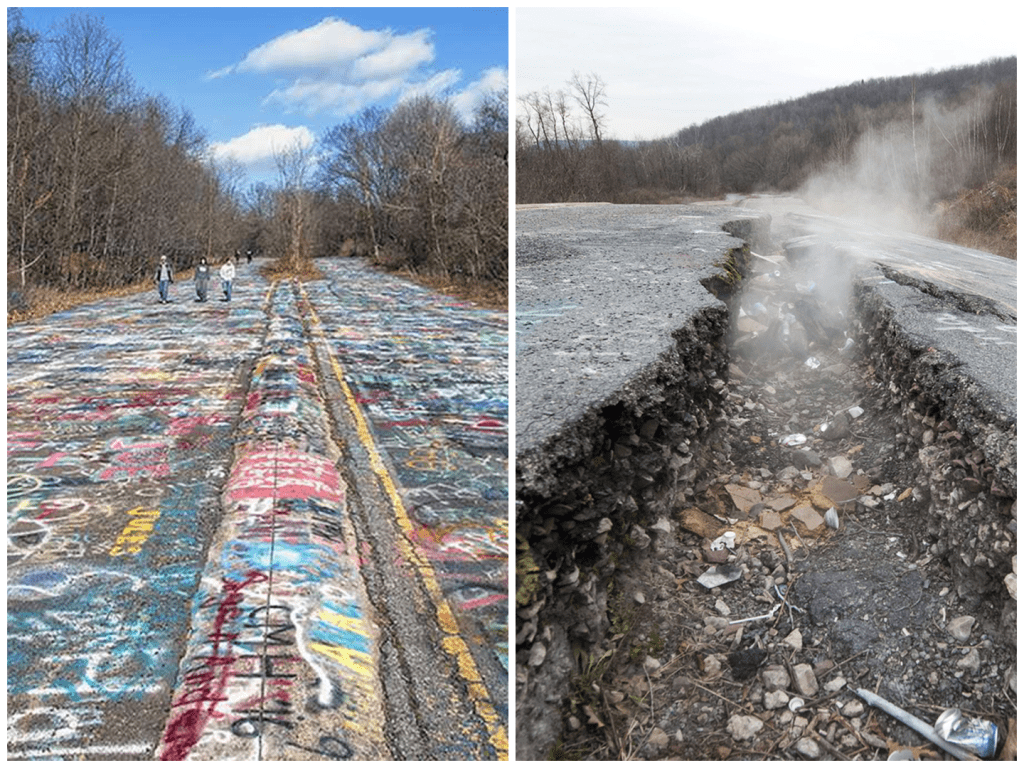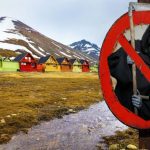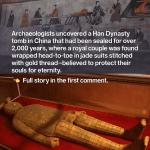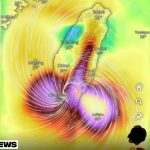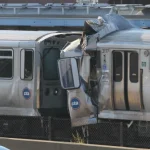The Fire Beneath Their Feet — How One Quiet Mining Town Was Swallowed by an Eternal Flame
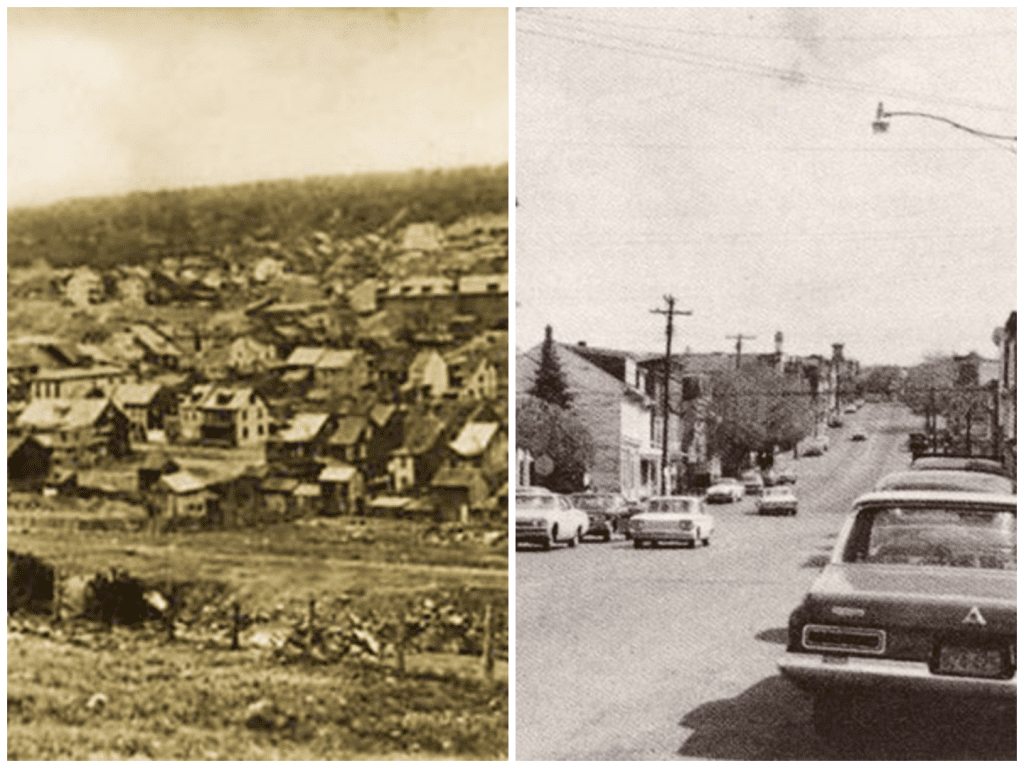
There’s something deeply haunting about a place that exists in silence, but smolders beneath the surface. Not loud, not violent—just quietly burning. You wouldn’t even know anything was wrong until you feel the heat under your shoes or see the thin trail of smoke snaking out from a crack in the earth. That’s Centralia, Pennsylvania. A town that once bustled with small-town life—church bells, barbershops, kids playing in the yard—is now nearly empty, swallowed not by war or industry collapse, but by a fire that’s still burning underground, six decades later.
Centralia wasn’t always a ghost town. In fact, it used to be full of life. In the 1960s, about 1,400 people lived there. It was one of those places where everyone knew everyone. The kind of town with family-run diners, coal dust on the boots of hard-working men, and memories wrapped in laughter and routine. But all of that changed in 1962 with one seemingly simple decision—one that no one could have imagined would still be burning through history all these years later.
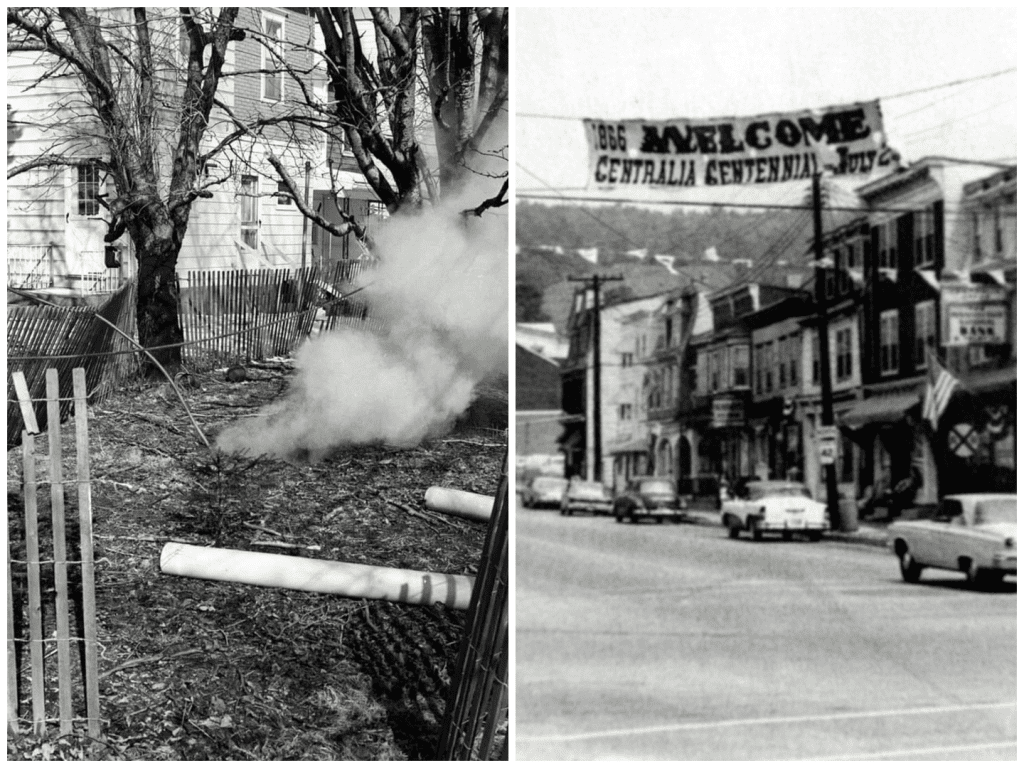
That summer, the town wanted to clean up the local landfill, which sat in an old strip mine pit. Burning trash to clear space wasn’t unusual at the time, so a small fire was set to reduce the pile. But what no one realized—or maybe what no one looked closely enough to check—was that the fire had access to an abandoned coal seam underground. Once the flames found that coal, it was over. The fire slipped into the Earth and never came back up.
What makes coal fires so dangerous is how hidden they can be. Underground, where oxygen can still sneak in through cracks or tunnels, the fire keeps feeding itself, spreading slowly but relentlessly. And that’s exactly what happened in Centralia. In the beginning, people assumed it would go out on its own. There were attempts to dig it out or seal it in, but they were too late. The fire was already too deep, too far-reaching. It kept burning—and it’s still burning now.
Over the years, strange things started happening. Smoke would rise from the ground in places it shouldn’t. The snow melted in patches during the dead of winter. The ground itself became unstable. In 1981, a terrifying moment shook everyone: a twelve-year-old boy named Todd Domboski was walking in his grandmother’s backyard when the earth suddenly opened up beneath him. A sinkhole, over four feet wide and 150 feet deep, swallowed him. He managed to grab a tree root and was pulled to safety, but the message was loud and clear—Centralia was no longer safe to live in.
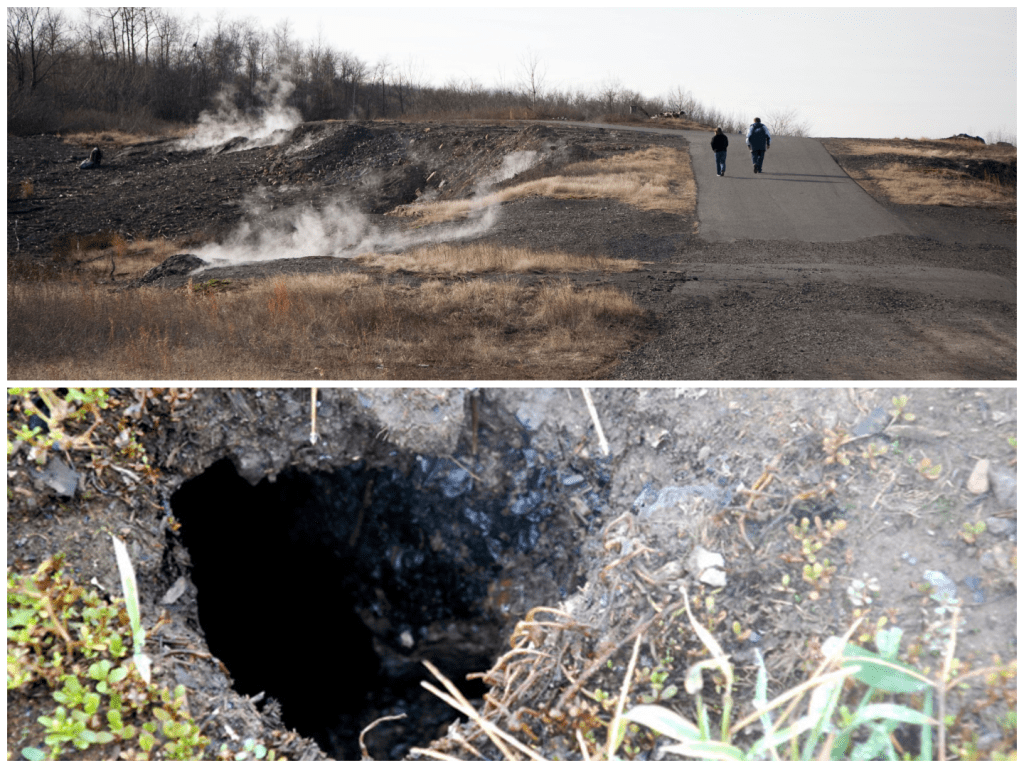
That event pushed the government to act. Over the next few years, families were offered buyouts. Most people accepted. Homes were demolished one by one. By the 1990s, what used to be neighborhoods became open fields with cracked streets, the remnants of driveways, and nothing else. Centralia was slowly erased—not violently, but steadily, like watching ink fade from paper.
In 2002, the U.S. Postal Service revoked Centralia’s ZIP code: 17927. It was symbolic more than anything—another quiet nail in the town’s coffin. And yet, a few residents chose to stay. They refused to leave the place they called home, even as smoke rose from the earth and buildings around them vanished. As of 2023, only a handful remain. Their homes are scattered across a town that technically no longer exists, a place where nature has taken back the land, but the fire still hums beneath it.
Walking through Centralia today feels like stepping into another world. The silence is loud. Grass grows where streets once were. Trees reclaim what used to be front yards. There’s a strange beauty in the emptiness, but it’s also eerie. Graffiti covers stretches of cracked highway—some left by tourists, others by artists who treat it like a post-apocalyptic canvas. It’s not just a town that burned. It’s a town that vanished while still physically standing.
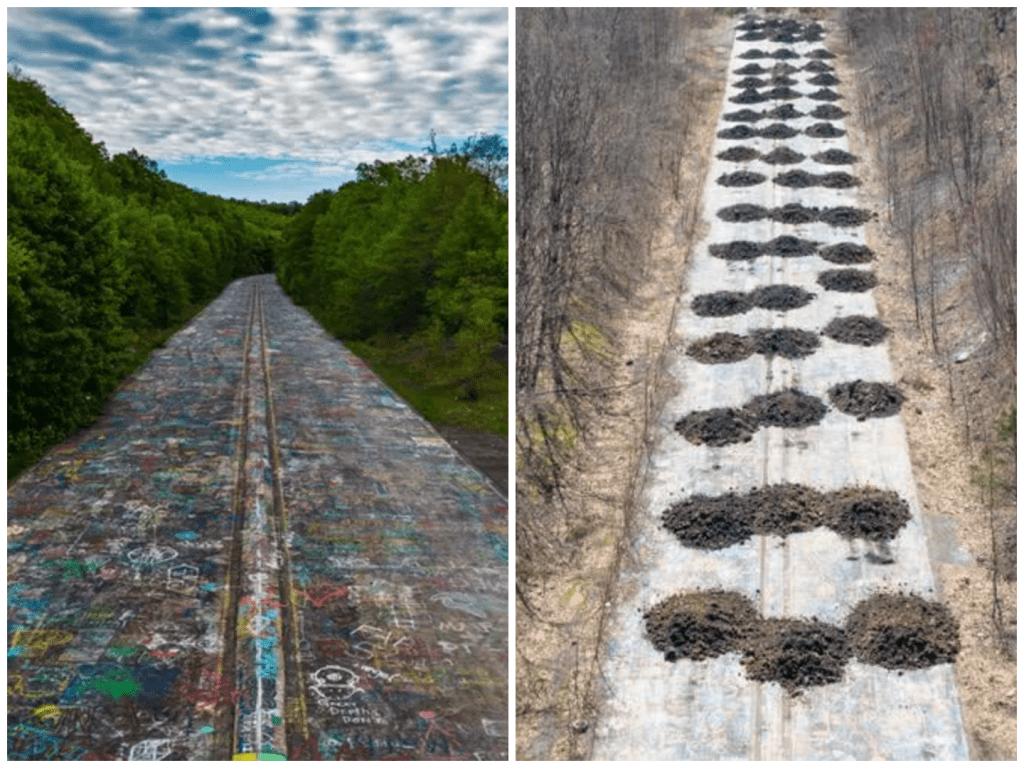
And yet, despite everything, the fire is still there. Geologists estimate it could burn for another 100 years or more, slowly devouring the coal beneath. You can’t see the flames, but the Earth remembers. And if you look close, you’ll see the scars: the heat-warped ground, the vents still leaking smoke, the memories held in cracked concrete and wildflowers.
What happened in Centralia isn’t just a local tragedy—it’s a strange kind of time capsule. It’s about what happens when nature, industry, and human decisions collide. It’s about how something so small—like lighting trash on fire—can spiral into something so much bigger. It’s about how a town can disappear, not with explosions or floods, but with a slow, persistent burn that no one can stop.
And perhaps the most unsettling part is knowing that this isn’t science fiction. It’s real. It’s still happening. Right now, somewhere beneath a quiet stretch of Pennsylvania, the Earth is on fire—and it doesn’t plan to stop anytime soon.

Lena Carter is a travel writer and photographer passionate about uncovering the beauty and diversity of the world’s most stunning destinations. With a background in cultural journalism and over five years of experience in travel blogging, she focuses on turning real-world visuals into inspiring stories. Lena believes that every city, village, and natural wonder has a unique story to tell — and she’s here to share it one photo and article at a time.
